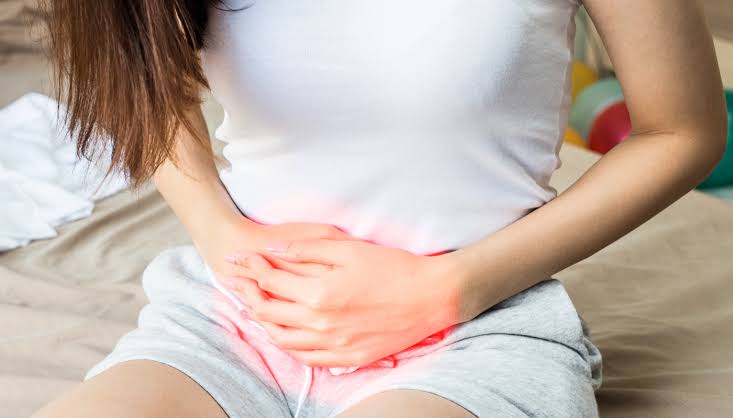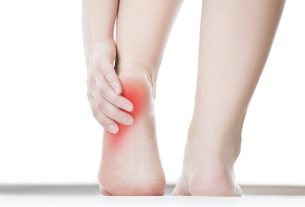Also called “honeymoon cystitis”, cystitis is a bladder infection that, despite affecting men, is more common in women.
Firstly, cystitis is a bacterial inflammatory disease of the bladder that is common among women, like urinary tract infections. For anatomical reasons, it is actually more common for women to suffer more from the disease than men. Also called “honeymoon cystitis”, it also affects men.
Furthermore, it is always necessary to pay attention to the signs of cystitis, as it may not seem serious at first, but it has major consequences as the days go by.
Above all, a woman’s anatomy makes cystitis happen more easily. The urethra is the channel that directly connects the bladder to empty urine. The female urethra measures on average 5 cm. Meanwhile, men’s measures 12 cm. In this way, it is possible to see that the path that bacteria take to reach the bladder is shorter in women than in men. Therefore, on the path they travel, the probability of dying along the way is greater in the male urethra.
But what bacteria are these? In most cases, they are part of a group of fecal coliforms that inhabit the intestine. Thus, they concentrate in the anal region, and once again, due to the female anatomy, they reach the urethra more easily. The bacteria Escherichia coli It is the one most commonly found in cases of cystitis, passing through the perineal region.
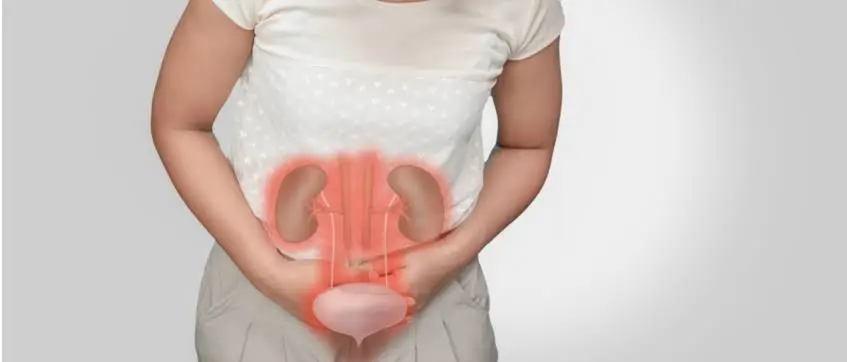
How to acquire cystitis?
Firstly, some inadequate practices or cleaning can increase a woman’s chances of having bladder inflammation. Even though some may seem normal in everyday life, it is necessary to be careful when carrying out them to avoid infection. Below are listed the most common causes that lead to illness.
- Holding urine for a long time. Urine also contains agents and bacteria that need to be eliminated. Therefore, if pee remains in the bladder for a long time, it can develop into an infection or inflammation.
- Neglect of genital cleaning. Female genitals are a gateway for bacteria. Therefore, it is necessary to ensure that the areas are cleaned correctly after evacuation.
- Drink little liquid. Drinking little water reduces urination, which helps clean the bladder and eliminate natural bacteria. Thus, the environment is conducive to their multiplication.
- During sexual intercourse. As during sex there is a lot of movement and friction in the genital areas, bacteria can be transported from the anus to the urethral canal. Therefore, which is why it is called honeymoon cystitis, the more sexual intercourse, the greater the chances of contracting inflammation in the bladder.
- Wear very tight pants and shorts, as well as panties and underwear that do not allow the genitals to breathe.
- Do not wear the same underwear for more than one day. Not changing panties and underwear causes bacteria to proliferate in the fabric.
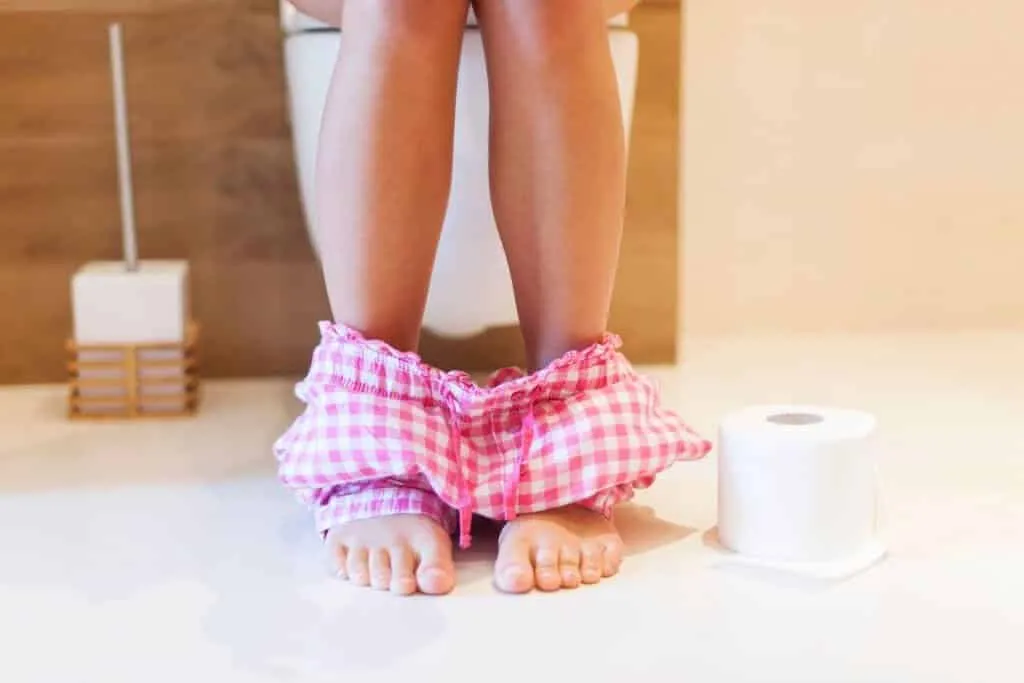
Symptoms
Firstly, symptoms can vary from one person to another. Gradually increasing, if not taken care of at the beginning, they can lead to bigger problems. Therefore, it is necessary to pay attention to them.
- Constant urge to urinate. This occurs because the infection causes the bladder to distend and contract. It is involuntary, so the episode can intensify as the contractions increase. Unfortunately, contraction occurs even when there is not enough liquid to pee from the organ.
- Strong smell in urine, resulting from the large presence of bacteria.
- Quite yellow coloring, also due to the large presence of bacteria.
- Pain in the lower abdomen, arising from contraction movements.
- Pain and burning when urinating.
Furthermore, in more extreme cases, when the infection is already quite advanced, it may be accompanied by fever and blood in the urine. Even more so, if not treated immediately, if the person has a genetic propensity, low immunity or goes through infections with more resistant bacteria, the disease can spread to the kidneys. In the kidneys, the infection becomes renal, and also, if not treated quickly, can spread into the bloodstream.
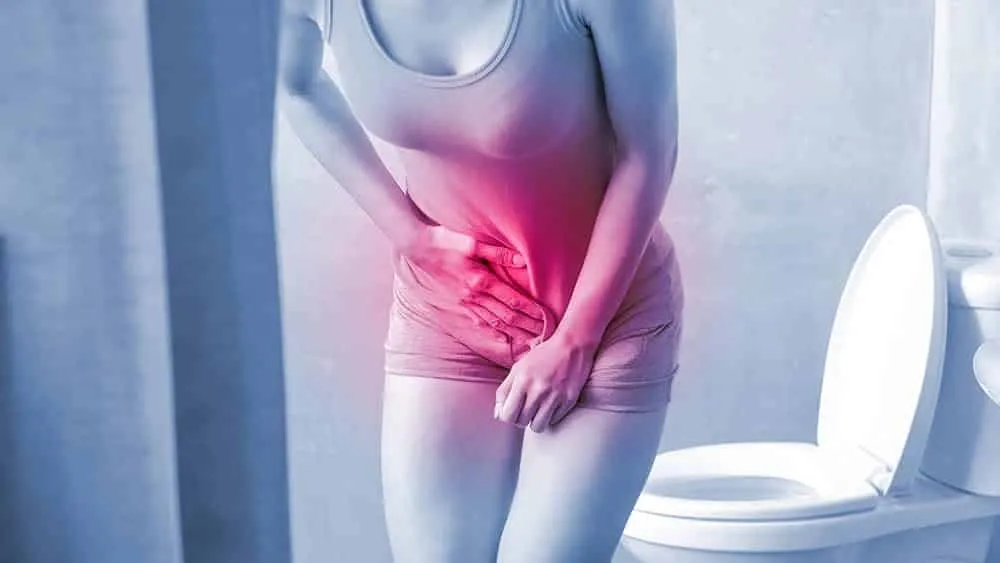
Diagnosis
Generally, in most cases, the diagnosis is made based on a urine test with culture. Even though the symptoms may make it clear that it is, in fact, cystitis, a medical diagnosis needs to be made. Without a medical diagnosis, there is no way to have a 100% effective treatment.
Urine culture can be done in any laboratory, and only requires the patient’s urine. Furthermore, experts recommend that the test be carried out with the first urine of the day. In short, the first jet of pee must be discarded before collecting the rest of the material. The sample is analyzed in the laboratory to detect the bacteria present in it and discover the best treatment to eliminate them.
It will also later be used in another test, the antibiogram. This test shows the reaction of bacteria to different antibiotics that can be used as medicine. This is necessary because some bacteria may be resistant to some medications, especially when cases of cystitis recur in a patient.
In more extreme cases, those in which extreme symptoms appear, the doctor in question may also request an ultrasound or even a cytoscopy. These are also simple tests that have the same objective of confirming the type of bacteria responsible for the infection.
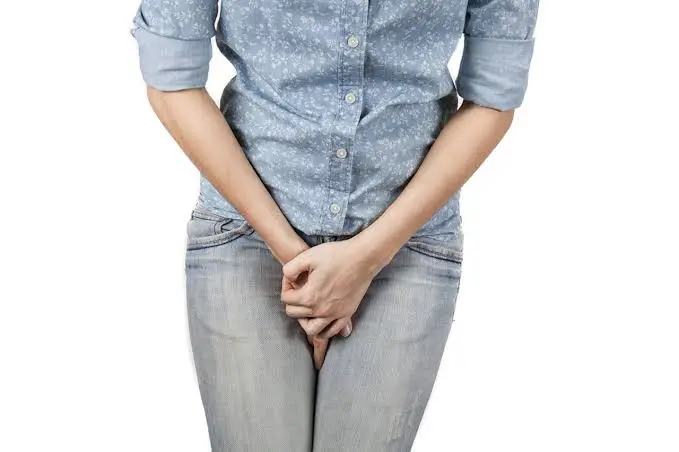
Treatment
Treatment will depend, again, on the type of bacterial infection that has taken hold in the bladder. Therefore, it is essential that regardless of the type, the patient drinks plenty of water. Water is the factor that will most alleviate symptoms first hand. It is recommended that the person drinks at least two liters of water per day, which is one of the most common treatments.
If just drinking water is not enough, which is the case most of the time, the use of antibiotics can be a solution. The antibiogram will have already predicted which is the best medicine to use. Thus, with the tests in hand, the doctor can prescribe its use for treatment. Generally, the use of medicine varies from 3 to 7 days.
The use of oral analgesics can also be a good option. As seen previously, one of the symptoms is pain when urinating and pain in the lower abdomen. This way, the painkiller can provide some relief until the antibiotics take effect.
However, it is important to emphasize that medical indications cannot be contradicted. It often happens that the symptoms disappear even before the medication has finished. However, this does not indicate that the bacteria have actually been eliminated. Therefore, do not stop taking the medication and do not self-medicate. These practices can lead to bacterial resistance, worsening the case later on.
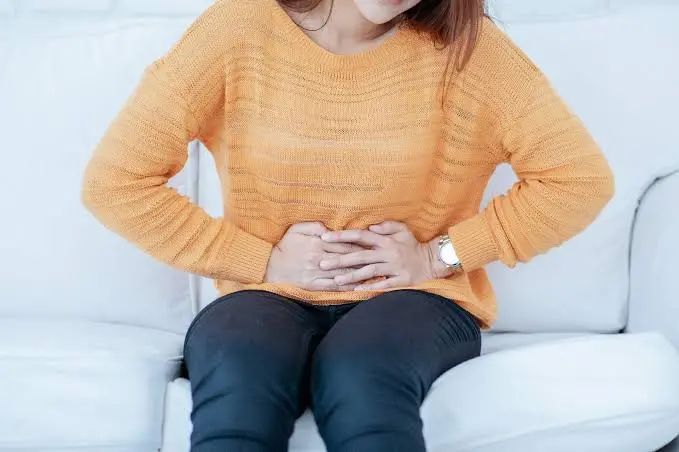
Prevention
Prevention is closely linked to the cause of the symptoms. Especially for women, care methods are easier and calmer. The saying is true: prevention is better than cure.
- Don’t hold in pee for too long.
- Wear looser or baggier pants and shorts.
- Drink plenty of water.
- Clean areas properly after evacuation.
- Try not to go periods of more than 3 hours without urinating.
Want to know more about how to take care of your health? So take a look at this article: Endometriosis, what is it? Causes, types, symptoms, treatment
Sources: Pró Rim Saúde Hospital Sírio Libanês
Featured image source: Vix

Sign up for our newsletter and stay up to date with exclusive news
that can transform your routine!
Warning: Undefined array key "title" in /home/storelat/public_html/wp-content/plugins/link-whisper-premium/templates/frontend/related-posts.php on line 12
Warning: Undefined array key "title_tag" in /home/storelat/public_html/wp-content/plugins/link-whisper-premium/templates/frontend/related-posts.php on line 13

